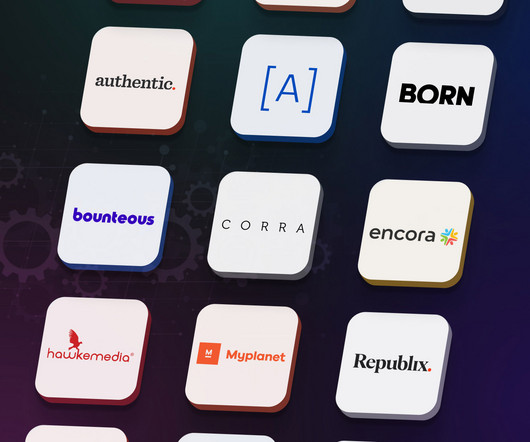Everything You Need to Know About Achieving PCI Compliance [Checklist Included]
BigCommerce
APRIL 6, 2018
Depending on the ecommerce technology and backend a retailer uses, PCI compliance can be an easy check on a long list of things retailers need to do to ensure their customers are transacting securely. Ecommerce PCI Compliance Requirements. If you host and manage your own ecommerce platform (i.e.














Let's personalize your content